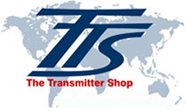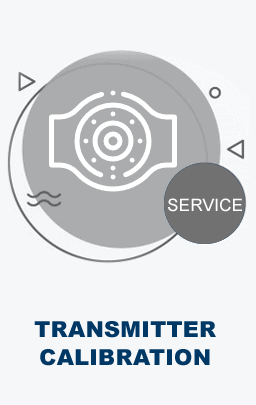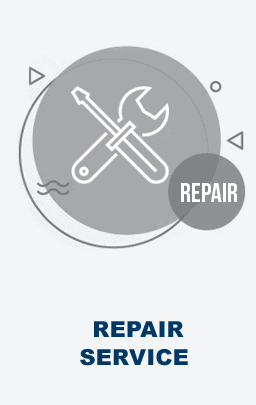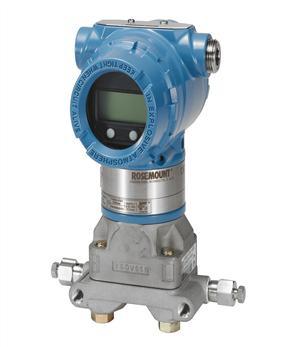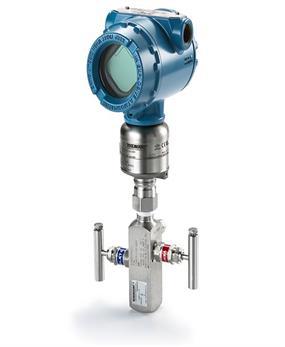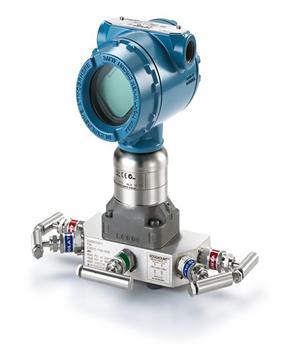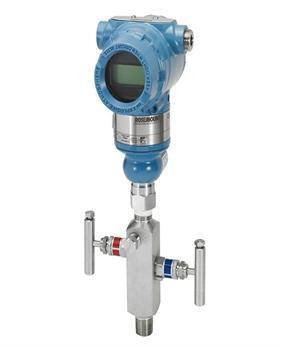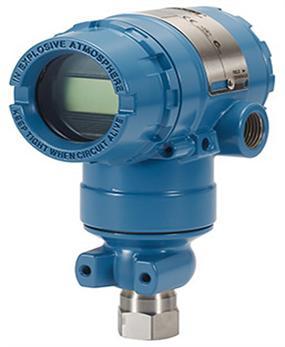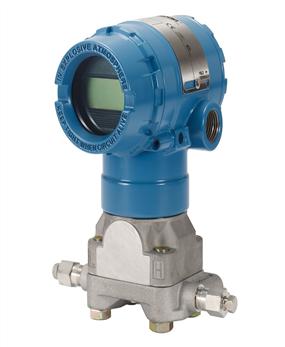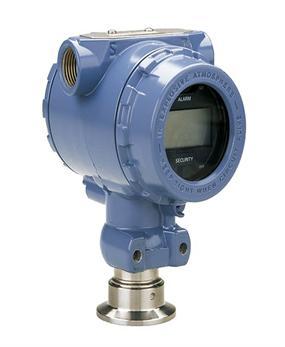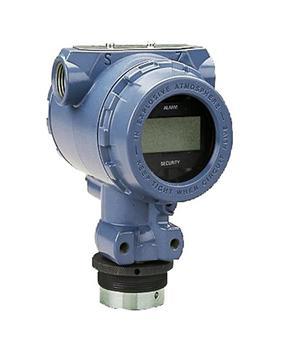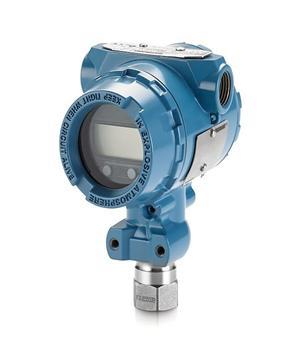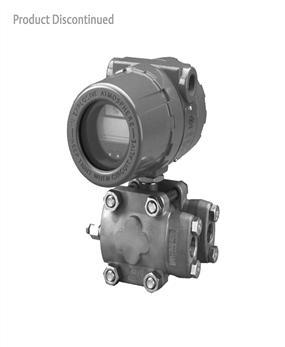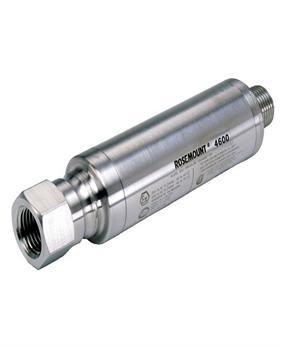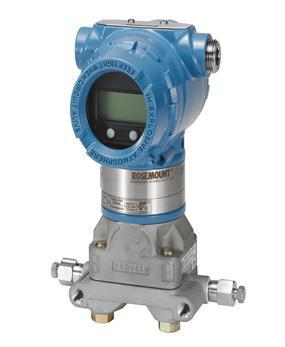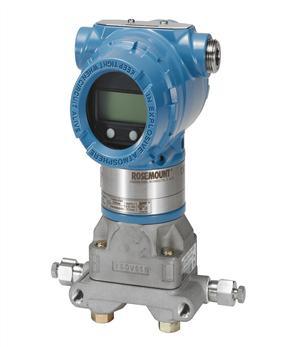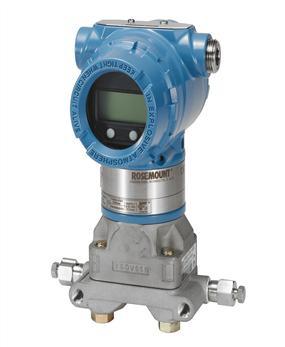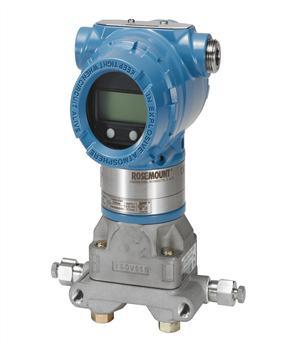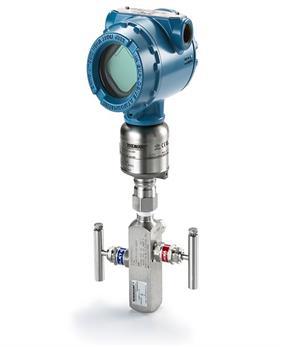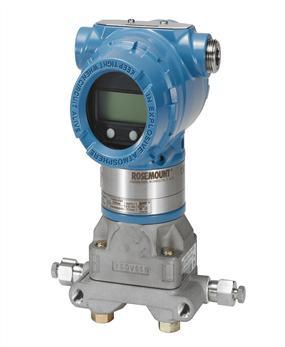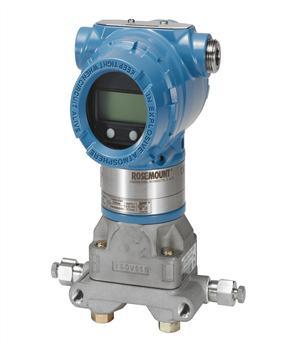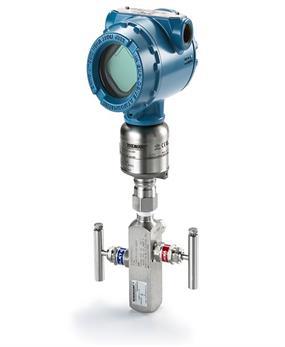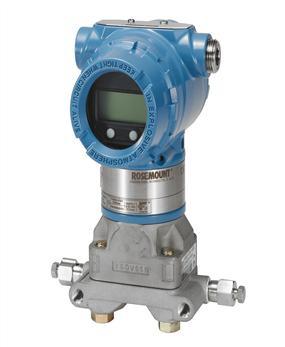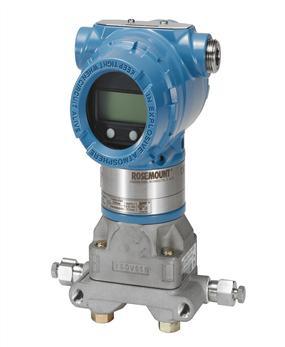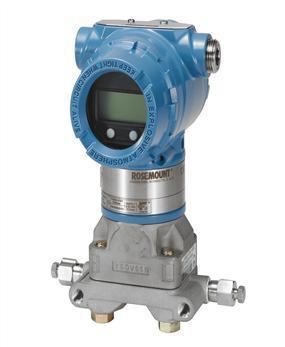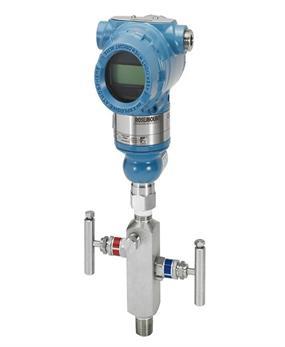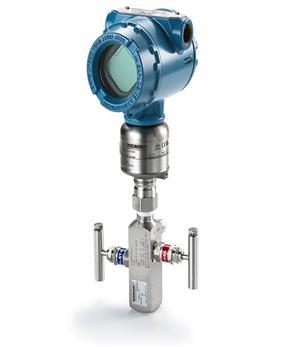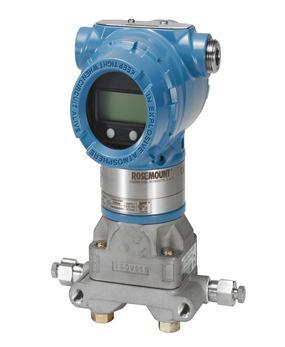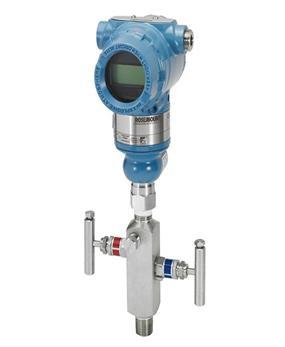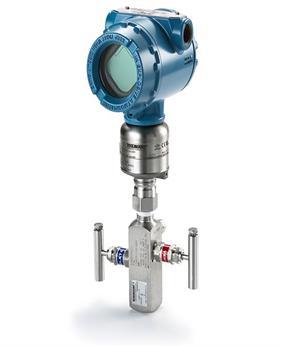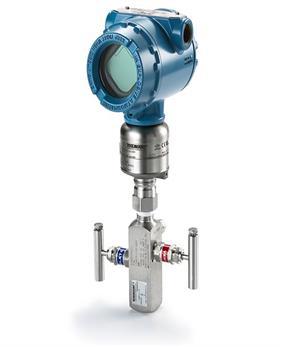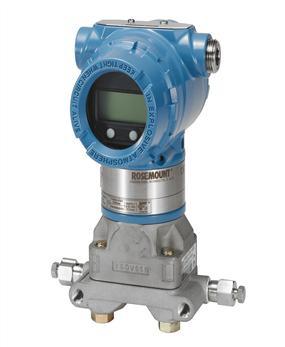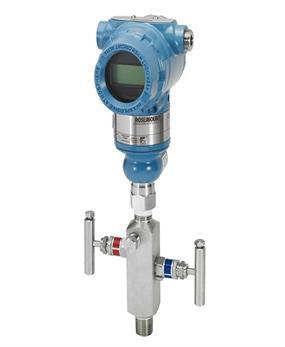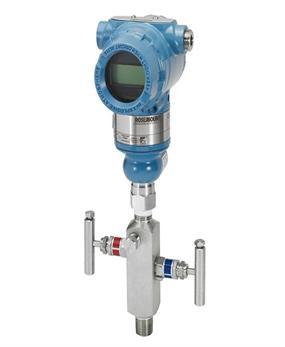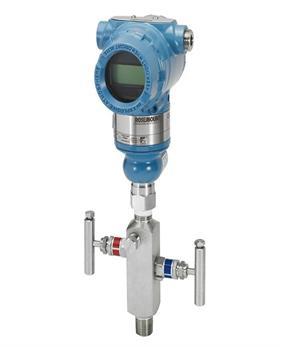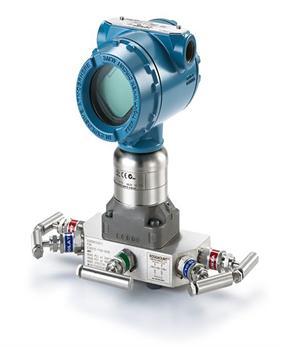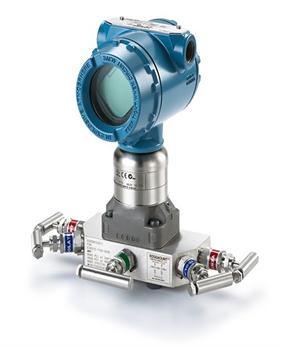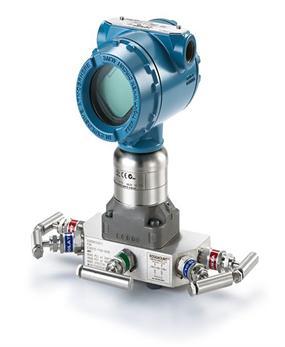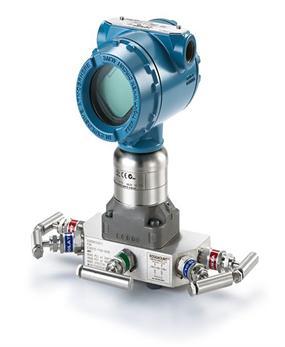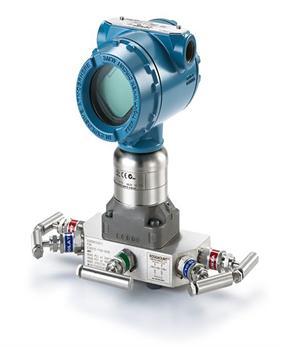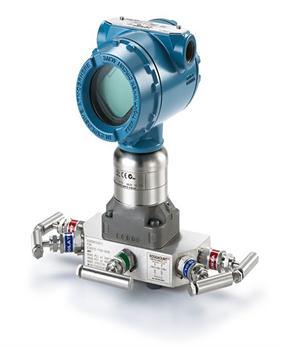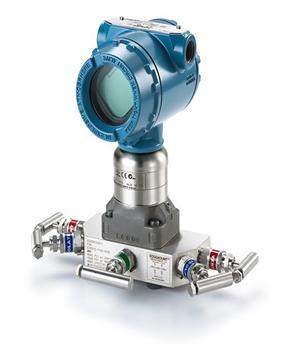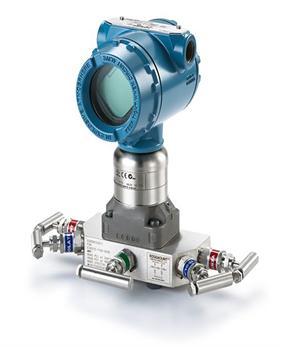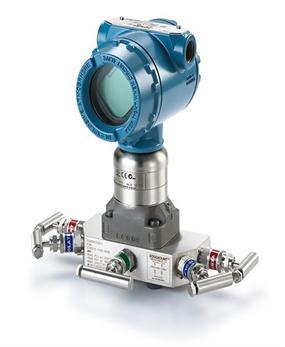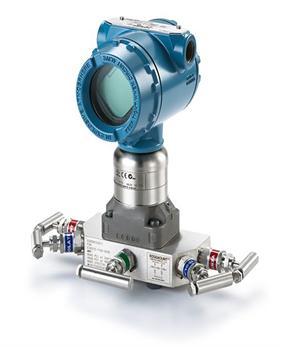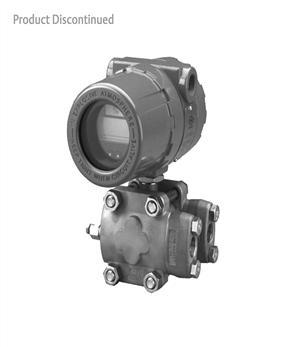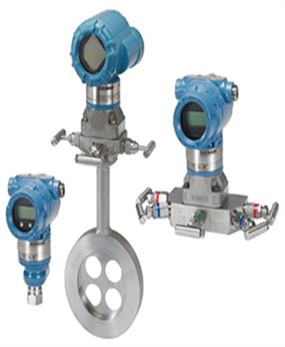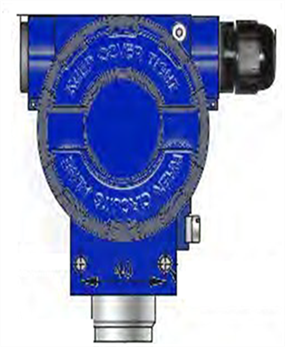Pressure Transmitters
The pressure and temperature play a key role in the success and failure of various industrial processes. So, they need to be monitored or controlled effectively to achieve desired results and to ensure the safety of users and the working environment. The best way to monitor and maintain pressure and temperature is to use pressure transmitters. The Transmitter Shop (TTS) provides a variety of pressure transmitter from industry-leading brands to meet the diverse requirements of your industrial applications. Pressure transmitter can directly measure pressure levels and differences in temperature. They provide accurate data for process control, and allow process managers to improve their product quality. All our pressure transmitters feature rugged construction and are less susceptible to over pressure events, which assures their lasting performance.
Pressure Transmitter Working Principle
Pressure transmitters convert mechanical energy into electrical energy. This electrical energy produces an output signal that is directly proportional to the applied pressure. Pressure transducers are quite similar to pressure transmitters, the only difference being the type of electrical signal they send. The output by a transducer is measured in volts or millivolts, and that of a transmitter is measure in milliamps.
Types of Pressure Transmitters
Customers will find pressure transmitters in the following types in our inventory.
-
Electronic Pressure Transmitters:
These electronic transmitters are designed to help operators improve process efficiencies. The transmitters are designed with simple configuration settings. They comprise piezoresistive sensors, which help compensate static pressures. The transmitters can be provided with Foundation Fieldbus and HART® protocols. This allows them to alert operators regarding possible failures or shutdowns. We provide various electronic pressure transmitters, which can provide differential, gauge, and absolute pressure measurement. They can be integrated into any control system digitally. This allows them to eliminate converter inaccuracies, and ensure accurate measurement.
-
Pneumatic Pressure Transmitters:
Many pneumatic transmitters that we provide are designed for differential pressure measurement. They are designed with d/p cells, which measure the pressure, and provide a proportionate output signal. These pneumatic pressure transmitters have ranges from 0 up to 210 kPa.
-
Gauge Pressure Transmitters:
Transmitters designed for gauge pressure measurement are designed to provide responses eight times faster than conventional pressure transmitters. Gauge pressure transmitters have the capability to measure pressures ranging from 0.3 to 10000 psi. We can provide these transmitters with HART, Profibus PA, and Foundation Fieldbus protocols. They provide between two and five years of stable performance.
-
Absolute Pressure Transmitters:
The transmitters provide pneumatic output signals after performing absolute gauge pressure measurement. They have an extremely wide measuring range from 0.07 to 200 kPa, and from 0 to 10000 psi. The absolute pressure transmitters are available in various material configurations such as 316L stainless steel, C-276 alloy, and Hastelloy wetted materials.
-
Differential Pressure Transmitters:
We provide differential pressure transmitters with coplanar and d/p cell designs. These transmitters can have a calibrated range from 0.5 inH2O to 2000 psi (1,2 mbar to 276 bar). They can be provided with HART and Foundation Fieldbus protocol. The coplanar designs allows the transmitters to be integrated with different types of manifolds, primary elements, and diaphragm seals.
Guidelines for Troubleshooting Pressure Transmitters
With prolonged usage, your pressure transmitter may face sudden breakdowns or operational failures, resulting in unexpected down-time and related issues. Most of the general operational problems can be rectified by trying out the following basic troubleshooting tips in-house.
- At times, your pressure transmitters may fail to communicate with field communicator. You can rectify such issues by checking power supply voltage and keeping it at minimum 10.5 V. You must also ensure that the load resistance is maintained at 250 V minimum and make sure there are no intermittent shorts, open circuits, and multiple grounds. This problem also occurs if the unit is not addressed properly.
- Indication of zero in Milliamp reading is also a sign of a failure or malfunction. The best thing you can do in such situation is to check power wires for reversed polarity along with verifying the terminal voltage. Verifying whether the power is applied to signal terminals or checking for open diode across the test terminal also helps to rectify the problem. If none of these troubleshooting techniques work, then try replacing the transmitter terminal block.
- Showing inconsistent milliamp reading (low or high) is also a sign to a future malfunction. Verifying applied pressure and checking the pressure variable reading for saturation are the best remedial actions for such issue. You can also check if output is in alarm condition or can or try replacing the board.
- In case the pressure variable reading is low or high, the first thing you must do is to check impulse piping for blockage or perform full sensor trim. You may also try to replace the sensor module to fix the issue at your end.
- Erratic pressure variable reading is also another common problem associated with pressure transmitters. In case you encounter such problem, then ensure to check impulse piping for blockage, damping and also look for any kind of EMF interference.
- Sometimes, your transmitter fails to respond to changes in applied pressure. In such cases, ensure that the unit is not in multidrop mode, in alarm condition or not in loop test mode. You may also check impulse piping or manifold for blockage to solve the problem.
Executing the right troubleshooting technique helps regain the operational efficiency of your pressure transmitters in-house, which in turn helps minimize downtime to a large extent. Hence, as a user you must read and know to execute the troubleshooting tips, which is printed in every user manual provided along with the transmitter. In case you have any doubts regarding the execution of troubleshooting, let the team TTS know about the same.
Selecting a Pressure Transducer
Choosing the right type of pressure transducer largely depends upon the application requirement. Here are some factors which may help you decide on the right type of pressure transducer for your application:
-
Application:
Depending upon the application, you may require absolute pressure transmitter, gauge transmitter, differential pressure transmitter, and so on. -
Temperature and External Environment:
Extreme temperatures and harsh working conditions including vibration do affect the readings of pressure transducers. In this case, choose pressure transducers with an intrinsically safe design that has a casing which protects it from the external environment. These casings or housings are explosion-proof. -
Operating Pressure Range:
Choose the pressure range according to your requirements, and consider the normal operating pressure in the middle of the range. For instance, if your equipment or fluid can reach a maximum pressure of 50 psi, and your transmitter pressure range is from 0 to 300 psi, there would be issues getting an accurate reading. Also, consider the protection features in case of overpressure. -
Accuracy Required:
It is essential to decide the type and features of transmitter based on the performance and accuracy requirements. Usually, very accurate pressure readings are required in mission critical applications or in case of extremely low pressure readings.
Communication Protocols for Pressure Transmitters
There are various communication protocols followed by pressure transmitters to generate output signals. The industrial pressure transmitters provided by us follow these electronic communication protocols:
- Hart and Wireless Hart
- Foundation Fieldbus
- Profibus Pa
Benefits of Pneumatic and Electronic Pressure Transmitters
Following are the various benefits that customers can receive by choosing our range of pressure transmitters.
- Our transmitters are versatile in operation, and can be installed with a variety of application equipment.
- They can be remotely installed and monitored, thus eliminating the need for continuous operator monitoring.
- The can provide accurate readings even when installed in extremely harsh environments.
- TTS provides refurbished pressure transmitters from well-known brands such as Rosemount and Foxboro. Hence, customers can be assured that the transmitters are of the highest quality.
Industrial Applications of Pneumatic and Electronic Pressure Transmitters
Pressure transmitters provided by TTS can be used in a range of industrial applications, including:
-
Industrial Pumps and Compressors:
In industrial pumps and air compressors, pressure transducers are used for air and fluid pressure monitoring. -
Industrial Equipment Manufacturing:
In this, pressure transmitters are used for quality control applications. -
Oil & Gas:
They are used in various segments in oil & gas such as drilling and exploration. -
Power:
In the power sector, they are used for applications such as turbine monitoring, testing of transmission lines, lift stations, valve position control systems, and so on. -
Water & Wastewater:
They are used to check and control the pressure of heavy duty pumps transferring water along with impurities. -
Food & Beverages:
They are used for monitoring pump pressure when transferring viscous fluids and semi-solids. -
Chemicals:
They are used for pressure monitoring in transfer of abrasive chemicals through pumps and petrochemical applications. -
Metals & Mining:
Here, they are used to monitor the pressure of slurries, and are designed to function in such harsh environments. -
Pulp & Paper:
They are used for pressure measurement during pulp preparation. -
Pharmaceuticals:
The pressure transmitters are used to monitor the pressure of conveyance systems transporting granules and powders. - Others (Agriculture and Livestock, Textiles, Plastics, Cement, and HVAC).
Would you like to know more about our range of pressure measurement transmitters? Please contact us via phone +1-888-964-8837, or via email at sales@transmittershop.com
